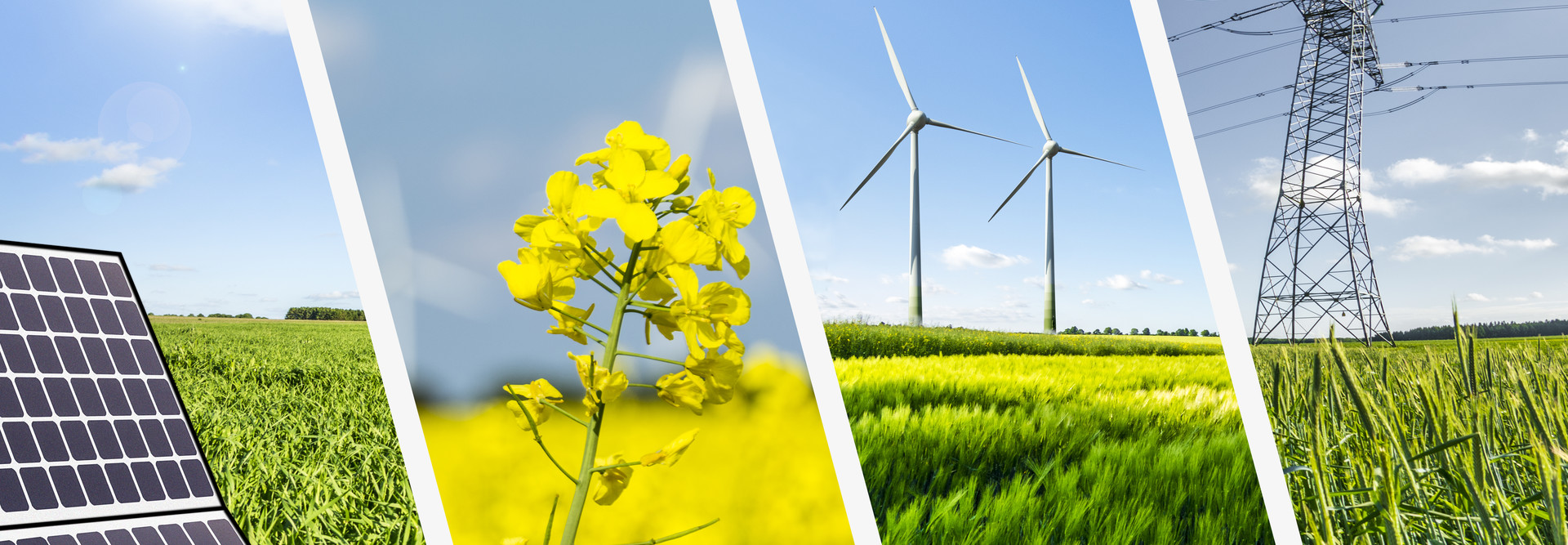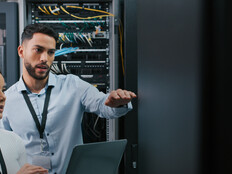BIZTECH: How should IT leaders be thinking about corporate climate responsibility? There’s a lot of hype around it.
DIGNEO: Traditionally, a lot of companies have been told you need to go save the planet. But at Palo Alto Networks the mission is to make each day safer and more secure than the day before.
What sustainability is all about is more than anything making your business secure and resilient for the future. When you approach it from that perspective, there’s a lot of money to be saved.
BIZTECH: What are some steps IT decision-makers can take toward achieving sustainability?
DIGNEO: If we were to talk about making impact on climate alone, we are doing our part, but it’s not enough. It’s only when we look at the entire ecosystem or value chain that progress is made.
What’s going on now is you see that many people feel hopeless, but there’s a lot that they can actually do. Particularly when it comes to IT infrastructure and modernizing their energy and utilities technology. This is an incredibly important step, because on the front end of it, if you’re powering everything with renewable energy, it’s going to draw emissions down, which ultimately is going to reduce the impact on climate. If you’re transitioning from anything fossil fuel-powered to a decarbonized, electrified, modern infrastructure, climate will start to get addressed.
DISCOVER: Learn how these energy and utilities solutions can help your organization.
So, how do you do that? In our case, we’ve partnered with our Silicon Valley utility in Santa Clara. The utility does its own power purchase agreement of renewable energy and delivers renewable electricity to us, which means we can decarbonize our headquarters and power what we have left with renewable energy. If everybody’s purchasing renewable electricity, that means that their emissions from IT infrastructure go down, and it takes them on-grid. But a modern grid requires maximum cybersecurity, to protect both the infrastructure and all of our customers.
In short, it takes a community of effort to achieve that impact.












